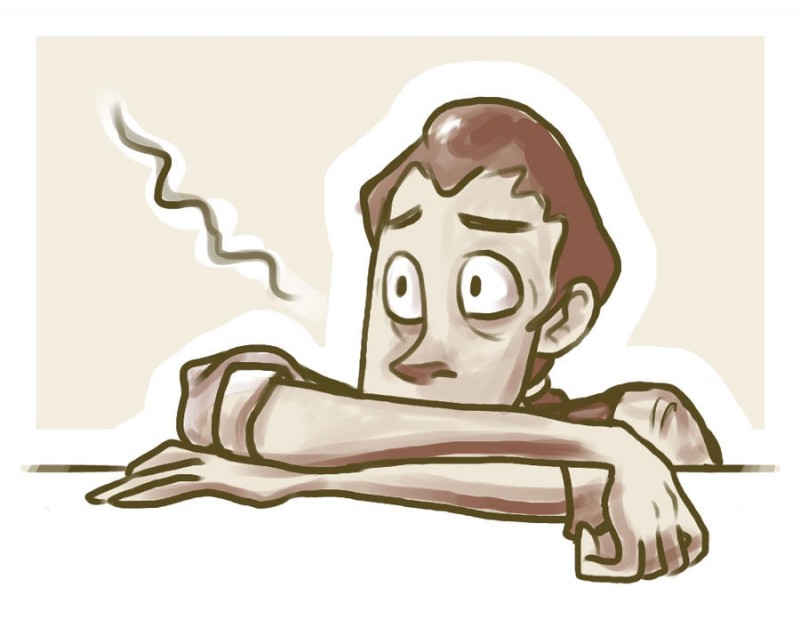
Panic attacks can be incredibly overwhelming and distressing experiences. They often strike without warning and can leave you feeling helpless and anxious. If you've ever experienced a panic attack, you know just how challenging it can be to regain control. However, there are several simple yet effective strategies that can help you navigate through a panic attack and ease its intensity. One of the most powerful techniques is deep breathing. In this article, we'll explore five essential suggestions to help you manage panic attacks, with a focus on the calming benefits of deep breathing.
The first step in managing panic attacks is recognizing the signs. These signs can vary from person to person but often include a rapid heartbeat, shortness of breath, sweating, trembling, dizziness, and a sense of impending doom. When you become familiar with these signs, you can better identify when a panic attack is approaching. This awareness is crucial because it allows you to implement strategies before the panic escalates.
Deep breathing is a cornerstone technique for managing panic attacks. It's a simple yet effective way to engage your body's natural relaxation response. When a panic attack sets in, your body goes into "fight or flight" mode, causing your heart rate to spike and your breathing to become shallow. Deep breathing counteracts this response by slowing down your heart rate and promoting a sense of calm.
How to Practice Deep Breathing:
During a panic attack, you might feel disconnected from reality or overwhelmed by your emotions. Grounding techniques can help you regain a sense of control and stability. One effective grounding technique involves using your senses to anchor yourself in the present moment.
Try This Grounding Technique:
Panic attacks often come hand in hand with negative and catastrophic thoughts. These thoughts can intensify the panic and make it harder to recover. It's important to challenge these thoughts by questioning their validity and replacing them with more balanced perspectives.
Ask Yourself:
Preparing a relaxation toolkit can provide you with a set of resources to use during a panic attack. This toolkit can include items and techniques that help you stay calm and focused. Aside from deep breathing, consider including comforting objects, grounding exercises, a list of positive affirmations, and calming music.
Remember:
While panic attacks can be distressing, integrating these essential suggestions into your coping strategies can make a significant difference in how you manage them. By recognizing the signs, practicing deep breathing, grounding yourself, challenging negative thoughts, and creating a relaxation toolkit, you empower yourself to navigate through panic attacks with more confidence and resilience.
Remember that managing panic attacks is a skill that takes time and practice to develop. Be patient with yourself and celebrate every step you take towards regaining control over your well-being.
How much exercise should diabetics get each day?
Creating Homemade Air Fresheners with Natural Ingredients
Getting Rid of a Tan: Easy and Natural Methods for Glowing Skin